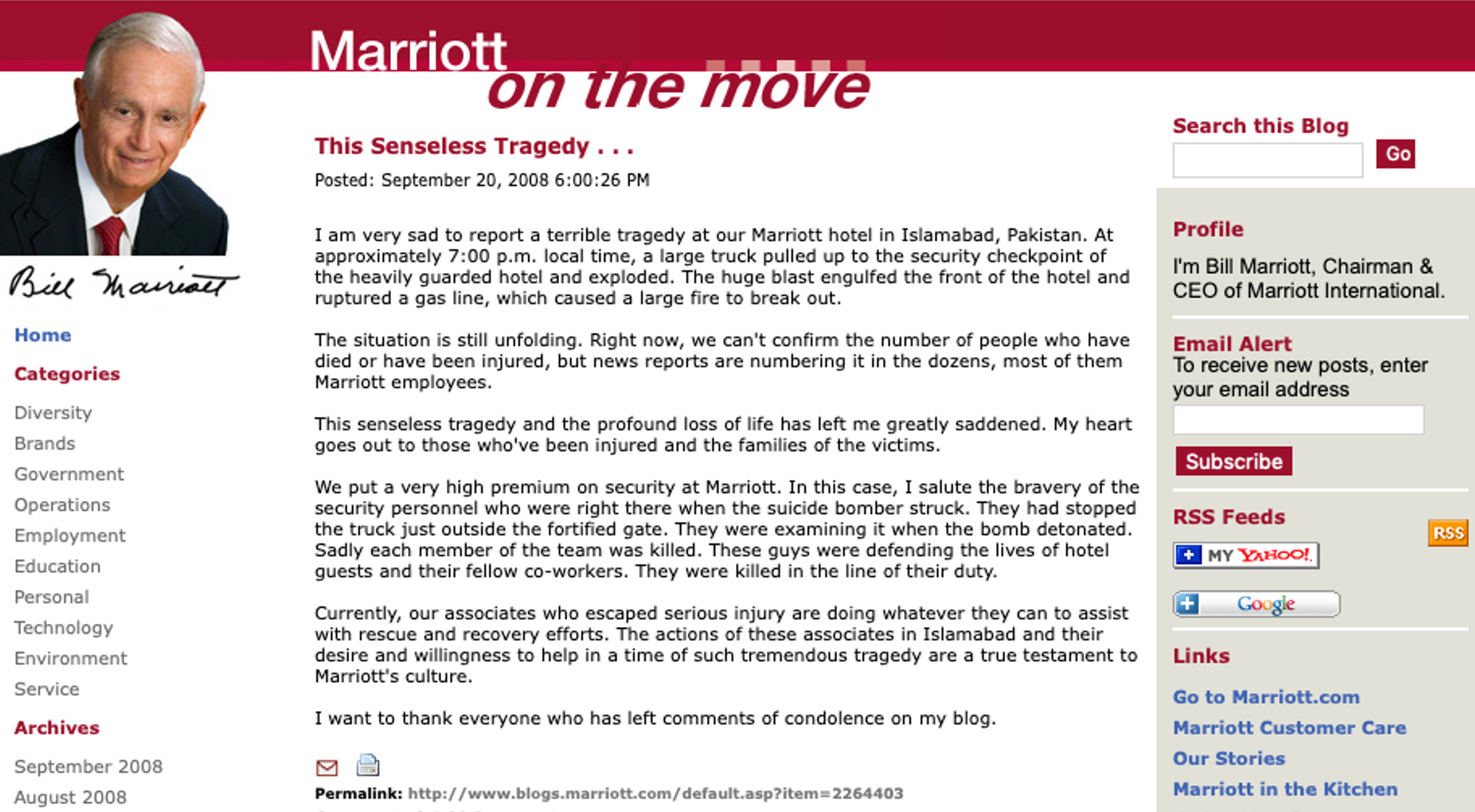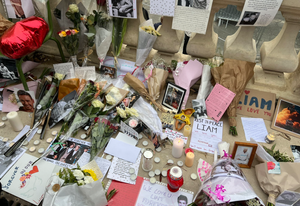Spare a thought for Air India's crisis comms team, 'outed' for appearing to copy their crisis response statement word for word from American Airlines
When we run crisis communications training sessions, we often share examples of best practice to demonstrate the structure, tone and content of what excellent crisis communications look like.
Indeed, we use Robert Isom's statement the morning after the American Airlines crash as a textbook example of how to deal with the media during a crisis where all the facts are not yet known.
His statement, surrounded by other officials in Washington, is excellent.
A textbook first response from American Airlines
It echoes his studio-recorded response. It's brilliantly scripted, and delivered with authority. It contains both facts and sympathy.
He acknowledges the limitations of what's known, and what should not be speculated on. He focuses on how he can help the people involved.
Indeed, his statement is so good, it was used almost verbatim by the MD and CEO of Air India on 12 June, following the crash of Air India 171.
Of course, there is speculation online as to how Air India ended up using such a similar statement. (Including some very unlikely speculation that Chat GPT had a hand in drafting it)
I have some sympathy for Air India. And for Campbell Wilson.
Although he doesn't deliver it with the same humanity as Robert Isom, the structure and content of what he says are spot on.
And when speed is of the essence, I can understand why his script would have been prepared in a hurry.
BUT it's just too similar.
And it shouldn't be.
These sorts of scripts should be prepared well in advance of any incident. They should be drafted, tailored, tested and improved during regular crisis comms training drills.
They should not be updated on the basis of what another airline boss said a couple of months previously.
I'm full of praise for the American Airlines comms team. Indeed, I feel a bit sorry for them. Just when they had successfully departed from Google search results, someone else using a very similar statement has put them right back where they don't want to be.
Look, every decent response to a crisis of this magnitude should follow a similar structure.
We use a brilliant example from Bill Marriott's blog in 2008 to illustrate what real humanity, honesty, loss, and responsibility look like. How to deal with limited facts during an unfolding news story.
And how to convey (ahem) 'thoughts and prayers' in ways that show that you mean it. Rather than just reading words off a script. (Thankfully, neither of these two used those dreadfully overused words.)

The channels have changed since then. But not the content.
We bring it up to date by looking at how brands like Starbucks, Boeing and Singapore Airlines do crisis comms.
To find out more about our approach to crisis communications, our experience supporting teams and developing tailored crisis communications training programmes for 20+ years, or how we can put together a tailored crisis comms training programme for you, get in touch.
EDIT/POST-SCRIPT
Actually...half a day after writing and posting this...and this is pure speculation, so do take it with a pinch of salt if you wish...
I actually wonder if something else is happening altogether. Maybe both airlines had the same external crisis comms training and support.
And maybe the core template script they used was one that they had both trained on, rehearsed with, and then used.
So it just appears that one was copied from another, when in fact both had been using the same source script, but one was just first.
And the second wasn't changed in time...
Which poses a whole series of different questions.






